Transporting heavy materials such as marble slabs requires careful consideration of various factors, from selecting the right type of trailer to ensuring safety during the haul. This detailed guide will cover essential aspects to ensure you can effectively and safely transport marble slabs on flatbed trailers.
Understanding Flatbed Trailers
What Are Flatbed Trailers?
Flatbed trailers are versatile transport vehicles designed without sides or a roof. This open structure allows for easy loading and unloading of large materials, making them an ideal choice for hauling marble slabs, equipment, lumber, and more.
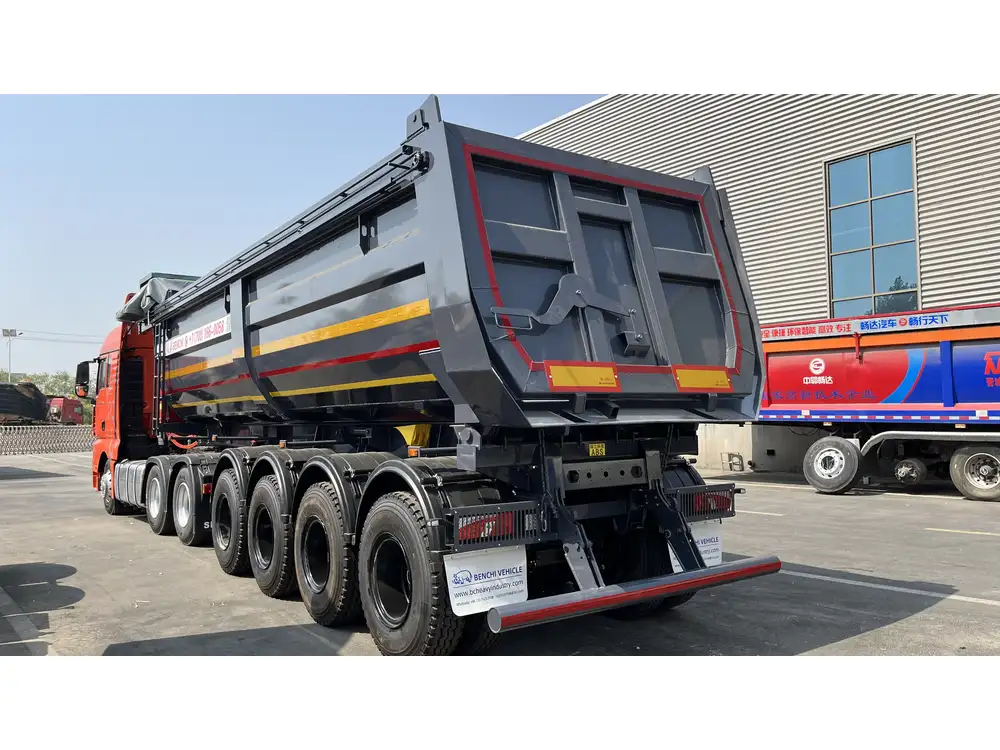
Types of Flatbed Trailers
| Trailer Type | Description | Ideal Use |
|---|---|---|
| Standard Flatbed | Traditional flat surface with no sides. Best for heavy, flat loads. | General cargo, machinery |
| Step Deck (Drop Deck) | Has a lower deck to accommodate tall items without exceeding height restrictions. | High loads like machinery |
| Extendable Flatbed | Can be extended to carry longer loads, up to 100 feet in some cases. | Over-length cargo |
| Conestoga Trailer | Features a tarp system that protects the load while allowing easy access. | Weather-sensitive materials |
Understanding the specific type of flatbed trailer for your marble slabs will enhance transport efficiency.
Preparing for the Load
Assessing Weight and Dimensions
Before loading marble slabs, it’s crucial to determine their weight and dimensions. The weight per slab can vary significantly based on thickness and size. For effective hauling, keep the following in mind:
- Weight Capacity: Verify that your flatbed trailer can handle the total weight. Standard flatbed trailers can usually accommodate 48,000 pounds, but this varies by model.
- Dimensions: Measure the length, width, and height of the slabs to ensure they fit safely on the flatbed.
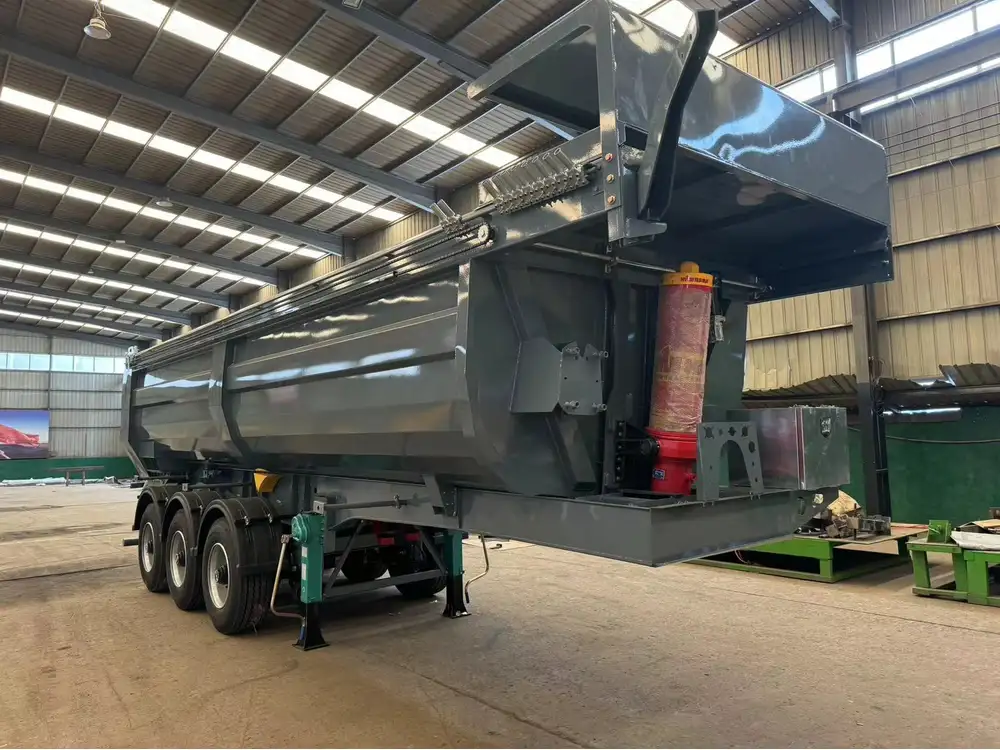
Choosing the Right Equipment
Essential Tools for Hauling Marble Slabs
- Dunnage: Use sturdy materials to support the slabs during transport. Wooden pallets or lumber can provide a solid base.
- Straps and Tarps: High-quality tie-down straps and tarps are critical for stabilizing and protecting your load.
- Forklift or Crane: Utilize heavy machinery for safely loading and unloading the slabs to and from the trailer, minimizing potential damage.
Safety Precautions
Ensure the transport process adheres to safety standards:
- Check Load Limits: Always adhere to the manufacturer’s specifications regarding load capacity.
- Proper Loading Techniques: Slabs should be loaded flat and secured adequately to prevent shifting.
- Road Regulations: Familiarize yourself with local transportation laws concerning size and weight limits, including any necessary permits.
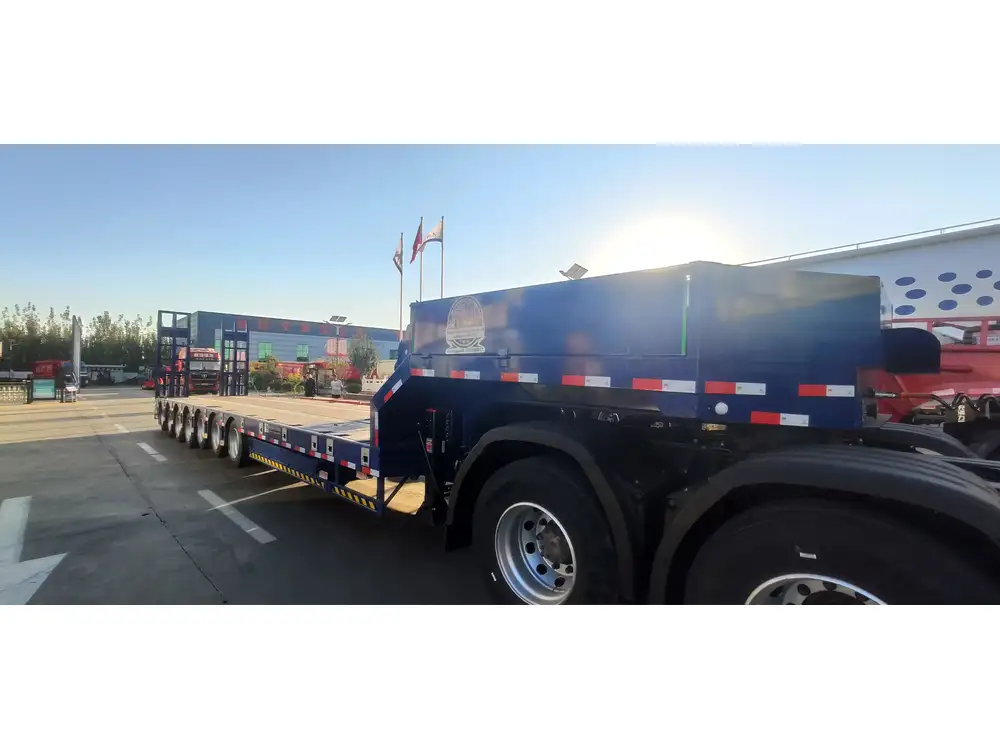
Loading and Securing Marble Slabs on Flatbed Trailers
Loading Techniques
Even Distribution: Center the slabs on the trailer for balanced weight distribution.
Layering Strategy: If hauling multiple slabs, stack them with proper spacers between each layer. Avoid directly stacking slabs on top of each other unless specifically designed for such loads.
Securing the Load
It’s vital to secure the marble slabs properly to avert accidents during transit:
Strapping: Use at least four professional-grade tie-down straps. Position straps across the slabs, anchored to the trailer’s designated tie-down points.
Edge Protection: Employ protective corner guards to shield the slabs from strap abrasions.
Tarping: If exposed to the elements, cover the slabs with a weather-resistant tarp, ensuring it’s tightly secured.

Safety Check Before Departure
Conduct a thorough inspection of the load and trailer:
Tightness of Straps: Ensure all straps are adequately tightened to minimize movement.
Visibility Check: Confirm that the load doesn’t obstruct trailer lights or signage.
Weight Distribution: Reinforce that the weight is evenly distributed before hitting the road.
Driving Techniques for Transporting Marble Slabs
Transporting Tips
Transporting heavy, fragile materials like marble requires distinct driving techniques to mitigate risks.
Smooth Acceleration and Braking: Gradually increase speed and brake gently to avoid causing the load to shift.
Avoid Sharp Turns: Make slow and broad turns to maintain control and prevent load displacement.
Monitor Load Stability: Regularly check mirrors to ensure the slabs remain stable throughout the journey.
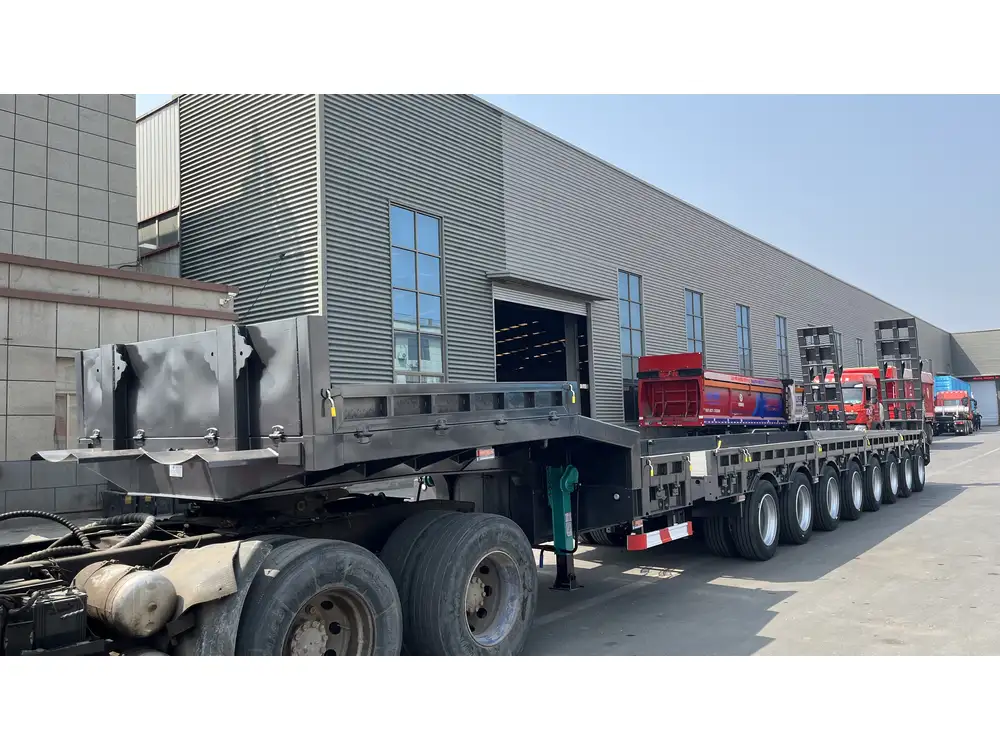
Emergency Protocols
Be prepared for potential challenges during transit:
Checkpoints: Schedule regular stops to verify load security and inspect tire pressure.
Hazard Awareness: Be vigilant of adverse weather conditions, road hazards, or unexpected obstacles.
Weight Restrictions: Avoid routes with weight restrictions, and opt for roads that accommodate large vehicles.
Unloading Marble Slabs Safely
Arrival Preparations
As you approach the unloading destination, ensure the area is clear and safe for unloading. Verify the availability of equipment:
- Forklifts: Ensure forklifts or cranes are ready for immediate use.
- Clear Access: Identify a clear path for unloading without obstacles.
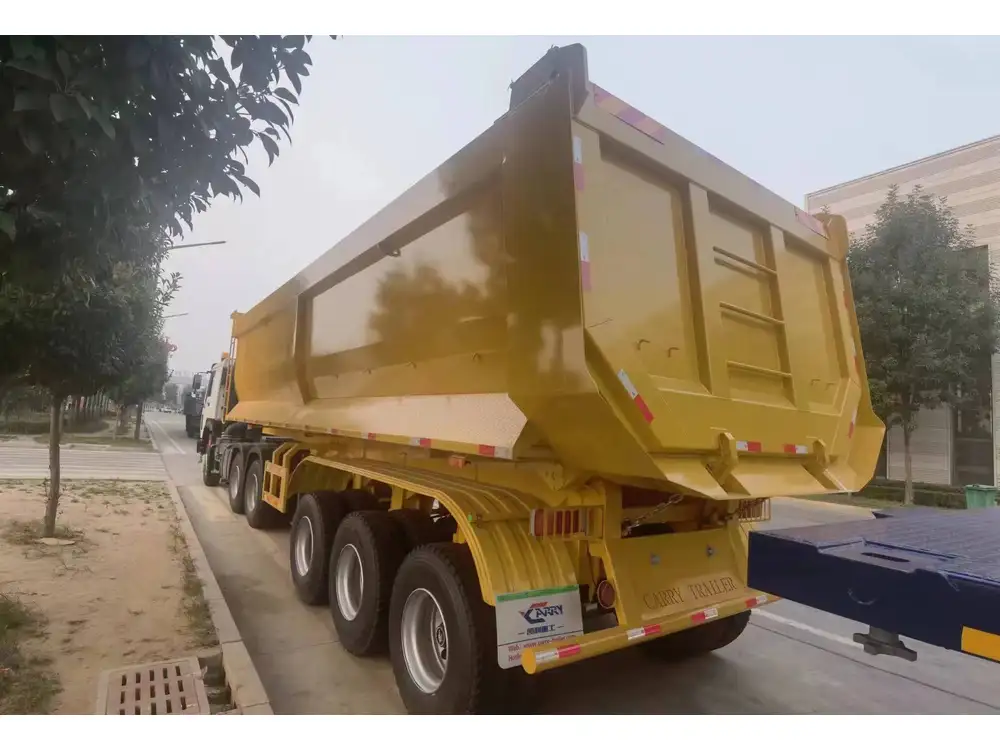
Unloading Process
Communicate Clearly: If working with a team, use hand signals or radios to coordinate unloading efforts.
Safety Gear: Ensure that everyone involved wears appropriate safety gear.
Gradual Lowering: Use cranes or forklifts to gradually lower the slabs. Avoid sudden movements to prevent damage.
Common Issues and Solutions in Transporting Marble Slabs
Knowledge of potential challenges can significantly enhance transport efficiency. Below is a table outlining common issues and their respective solutions:
| Common Issue | Potential Causes | Solutions |
|---|---|---|
| Load Shifting | Poor securing methods | Use additional straps and protective edge guards. |
| Surface Damage | Abrasion during transit | Utilize thicker tarps and ensure proper dunnage. |
| Trailer Overheating | Overloading or steep gradients | Avoid overloading and choose less steep routes. |
| Delay in Delivery | Traffic or unexpected road closures | Plan routes and alternate paths in advance. |
Conclusion: Efficiently Hauling Marble Slabs on Flatbed Trailers
Successfully hauling marble slabs on flatbed trailers requires thorough preparation, strategic loading, and vigilant monitoring throughout the entire transport process. By following proper protocols, utilizing the right equipment, and staying aware of potential issues, you can ensure a safe and efficient delivery, ultimately supporting your operations and enhancing customer satisfaction.
Use this guide as a reference to empower your transportation processes, allowing your business to excel in the competitive landscape of material logistics.



